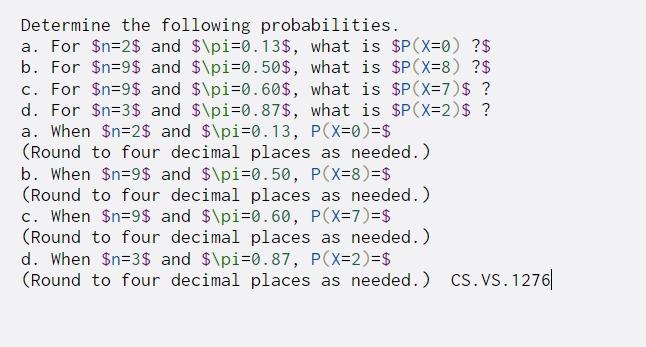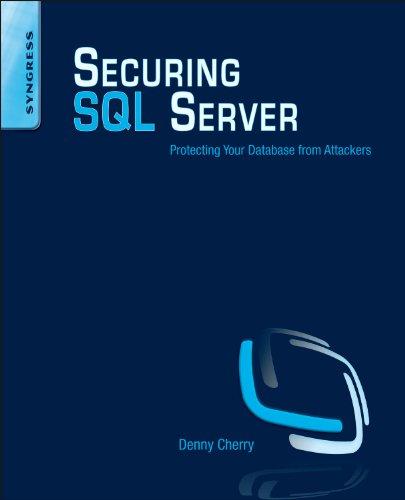Answered step by step
Verified Expert Solution
Question
1 Approved Answer
Determine the following probabilities. a. For $n=2$ and $pi=0.13$, what is $P(X=0) ?$ b. For $n=9$ and $pi=0.50$, what is $P(X=8) ?$ c. For $n=9$

Step by Step Solution
There are 3 Steps involved in it
Step: 1

Get Instant Access to Expert-Tailored Solutions
See step-by-step solutions with expert insights and AI powered tools for academic success
Step: 2

Step: 3

Ace Your Homework with AI
Get the answers you need in no time with our AI-driven, step-by-step assistance
Get Started


